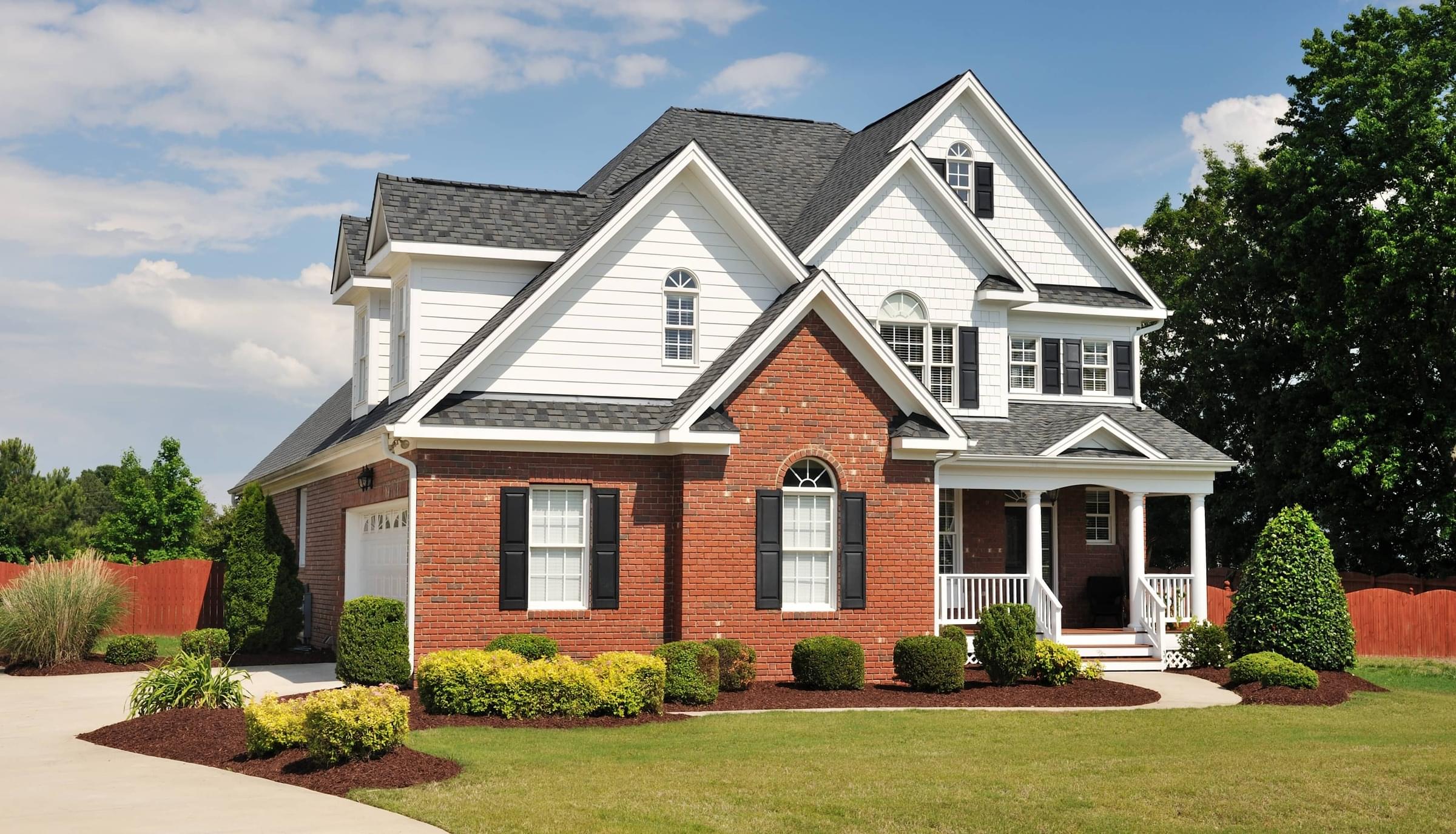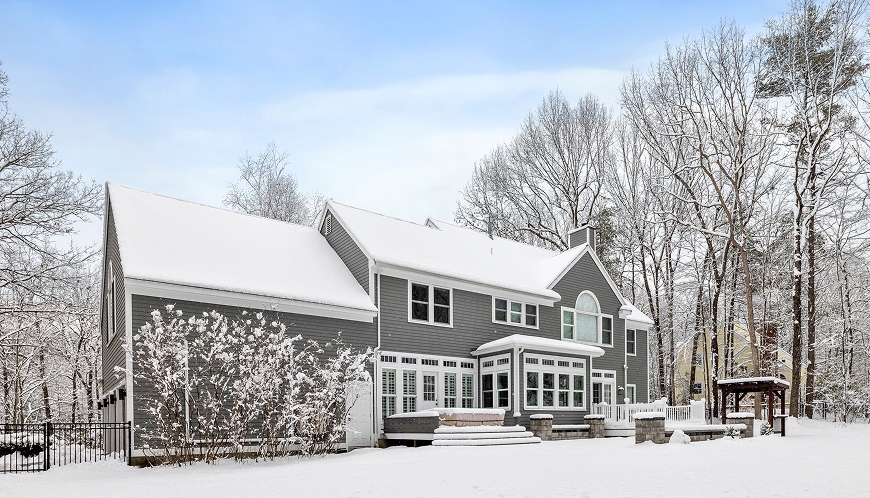Existing-home sales slip in August, though conditions are improving

In a reverse of course from July, existing-home sales slipped in August 2.5%, according to the National Association of Realtors® (NAR). Three out of the four regions saw a slide month-over-month, while the Midwest saw their sales remain unchanged. Existing-home sales also were down from August 2023 by 4.2% and came in at a seasonally adjusted annual rate of 3.86 million for the month.
“Home sales were disappointing again in August, but the recent development of lower mortgage rates coupled with increasing inventory is a powerful combination that will provide the environment for sales to move higher in future months,” said NAR Chief Economist Lawrence Yun. “The home-buying process, from the initial search to getting the house keys, typically takes several months.”
Good news on inventory
The number of homes for sale, known as unsold inventory, rose in August. Unsold inventory sits at a 4.2-month supply at the current sales pace. This is up 0.7% from July and an impressive 22.7% from last year. There were 1.35 million unsold units on the market in August. That’s good news for first-time homebuyers who now have more options.
“The rise in inventory – and, more technically, the accompanying months’ supply – implies home buyers are in a much-improved position to find the right home and at more favorable prices,” Yun added. “However, in areas where supply remains limited, like many markets in the Northeast, sellers still appear to hold the upper hand.”
Home prices came down from July, with the median existing-home prices coming in at $416,700 in August. This was down 1.4% from July and is likely due to seasonal factors, as prices peak in early summer most years.
Month | Median existing-home price | Month-over-month | Year-over-year |
$406,700 | Down 0.9% | Up 1.9% | |
$407,100 | Up 0.1% | Up 3.9% | |
$394,300 | Down 3.1% | Up 2.8% | |
$391,800 | Down 0.6% | Up 3.4% | |
$387,600 | Down 1.1% | Up 4.0% | |
$382,600 | Down 1.3% | Up 4.4% | |
$379,100 | Down 0.9% | Up 5.1% | |
$384,500 | Up 1.4% | Up 5.7% | |
$393,500 | Up 2.3% | Up 4.8% | |
$407,600 | Up 3.6% | Up 5.7% | |
$419,300 | Up 2.9% | Up 5.8% | |
$426,900 | Up 1.8% | Up 4.1% | |
$422,600 | Down 1.0% | Up 4.3% | |
August | $416,700 | Down 1.4% | Up 3.1% |
The Who and the What of July sales
Regionally, the Northeast led the way. The Midwest was the only region not to post a gain, but they came in even from June.
- Northeast: down 2.0%, an annual rate of 480,000, the same as August 2023
- Midwest: unchanged at 0.0%, an annual rate of 920,000, down 5.2% from August 2023
- South: down 3.9%, an annual rate of 1,730,000, down 6.0% from August 2023
- West: down 2.7% an annual rate of 730,000, down 6.0% from August 2023
First-time homebuyers were responsible for 26% of sales in August, which matches the all-time low that was reached in November of 2021.
Today’s inventory news is welcome and could help cool home prices. Mortgage rates have been hovering near 6.1% over the past weeks. These positive signs could lead to more buyers getting into the market. If that happens, Same Day Mortgage can help you compete, especially with all-cash buyers, who made up 26% of sales this past month.
Source: https://www.nar.realtor/newsroom/existing-home-sales-dipped-2-5-in-august
Applicant subject to credit and underwriting approval. Not all applicants will be approved for financing. Receipt of application does not represent an approval for financing or interest rate guarantee. Restrictions may apply.

.jpeg)


